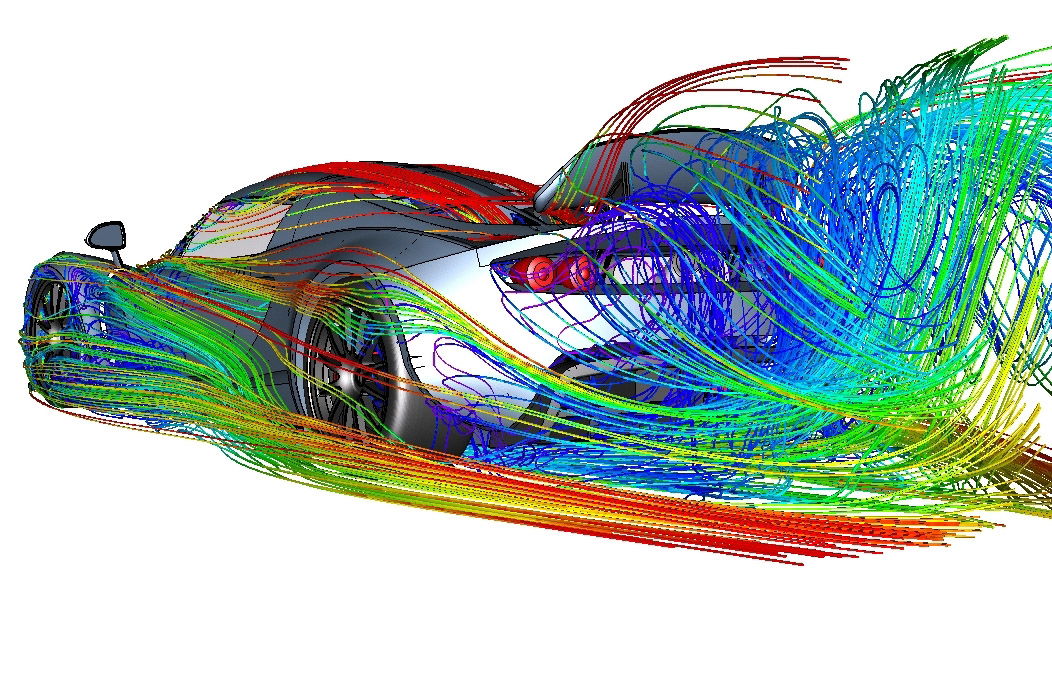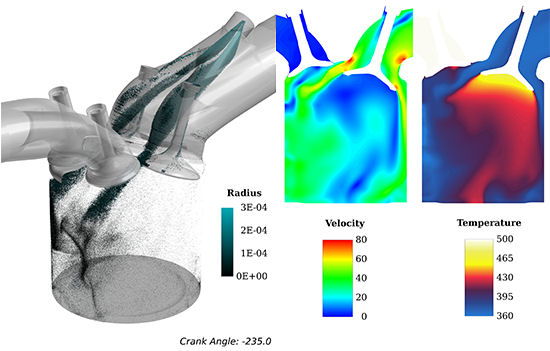5 reasons why CFD (Computational Fluid Dynamics) is so important for the development of automotive aerodynamics
In ye ole’ days, engineers used to rely solely on experience, and later on wind tunnels to develop the aerodynamic treats of their creations, most of the time doing a complicated process, which was expensive and time-consuming.
In ye ole’ days, engineers used to rely solely on experience, and later on wind tunnels to develop the aerodynamic treats of their creations, most of the time doing a complicated process, which was expensive and time-consuming.
As the information age came, ingenious people wondered if all of that processing power could be used to simulate what was going on in a wide range of situations. In the earliest days of computing, fluid dynamics stepped in and revolutionized the world of aerodynamic projects. So here are five reasons why this has happened.
1 It’s cheap (ish)
As CFD involves only electricity and enginner brain matter, it is wildly cheaper than conducting wind tunnel experiments, which requires making actual models of what is going to be tested. As a result, many teams and automakers tend to begin their studies on computed ambients in order to obtain a fairly consistent model to get to the wind tunnel. This leads us to the second point…
2 It gives much more flexibility to engineers.
Just like making a prototype is costly, adjusting a real model is something much more expensive to do rather than quickly changing your computer-generated model. Thus, engineers stand a much better chance to end up with a more refined end product, that will spare that lovely petrol you worked so hard to buy or to shred tenths of seconds on the race track
3 The final analysis can be much deeper than with experimental testing.
With CFD, you can analyse the force acting on the tiniest bit of your car, visualise all of the streamlines alongside with the respective airspeed on each point and also the whole pressure field around your object of study. Even on the best-instrumented wind tunnel in the world, you cannot get such data with such ease. Again, this will result in a finer project and a better product/track weapon.

4 The precision can be absurd
With numerical techniques being refined over the years, CFD has become a solid tool for projecting anything where aerodynamics and other fluids (liquids and gases) play a big role. Most of the time, wind tunnel testing is conducted in order to validate (i.e. to prove the CFD model is indeed correct) the results obtained with computer simulations.
5 It is not only useful for aerodynamics, but for other parts of the car too!
Most internal combustion engines from the last 10 to 15 years have been made with help of CFD. Basically anywhere you’ll see any type of fluid (gas or liquid) moving, I can assure you someone has used CFD to do it. Some other examples? Intercoolers, air-conditioning, brake cooling and the list goes on. Computer simulation is here to stay, and the results are everywhere.

What do you think? Leave your answer in the comment section! Hope you enjoyed!
Comments
Great read! I kinda wish it was longer haha
Pagination